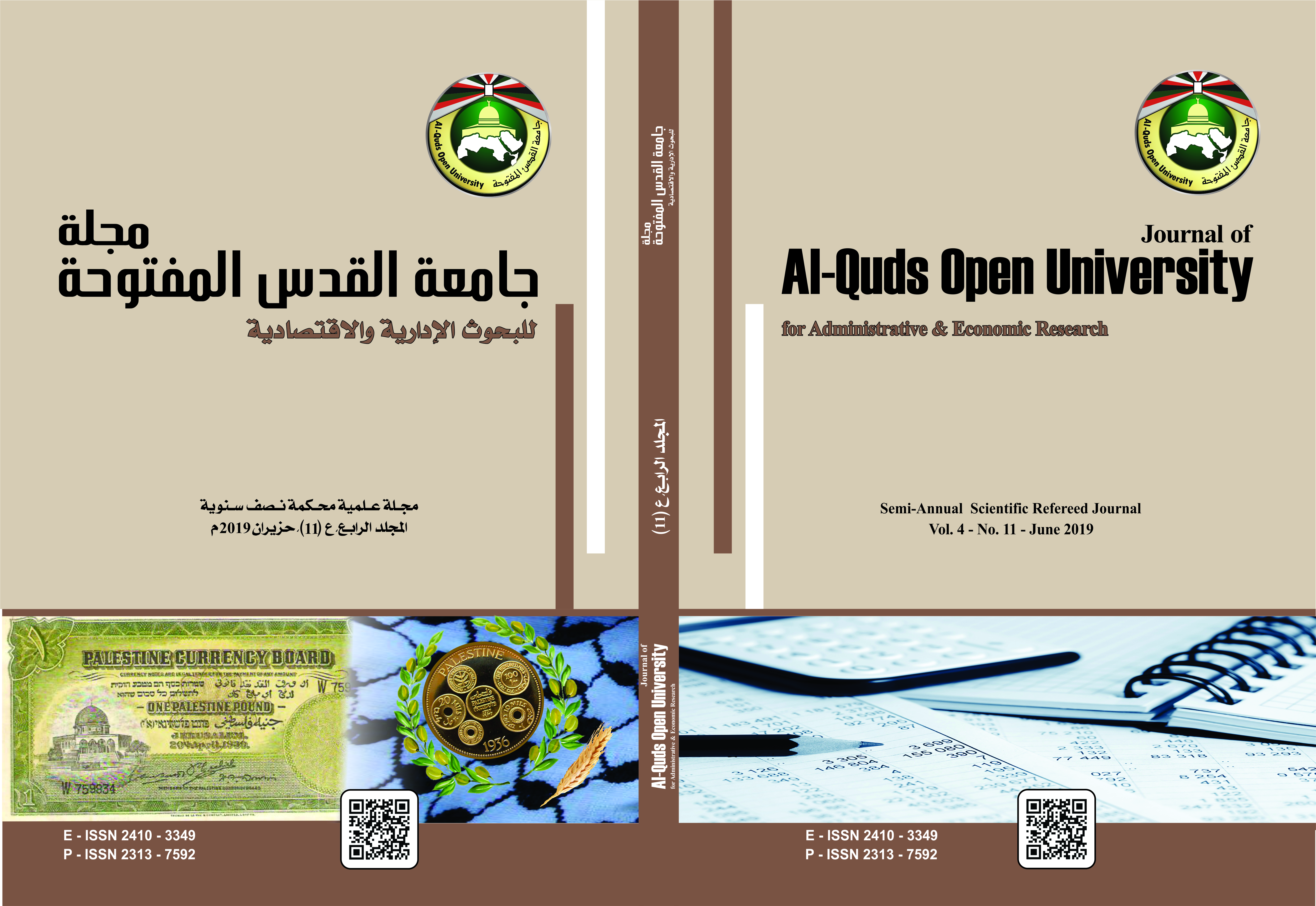Determining the Risks Derived from the Financial Statements Through the Integration of Analytical Hierarchy Process with Simple Additive Weighting: A Case Study
Keywords:
Financial Risk, Financial Statements risks, Analytical Hierarchy Process, Simple Additive Weighting, Capital Structure Risk, Liquidity Risk, Income Risk, Cash Flow Risk, Income Statement Risk, AHP, SAW.Abstract
This research aims at identifying the financial risks that face industrial companies to explore the materiality level of each risk, which reflects in the financial statements, in order to determine the greatest risk and identify the financial year with the highest level of financial risk. The research was applied on al- Ahliah Vegetable Oil Company, which represents the industrial sector in Damascus Securities Exchange, through using modern multi- criteria decision- making processes. . Thus, the Analytical Hierarchy Process was used to determine the materiality level of each financial risk, through a questionnaire that was distributed to five financial experts at al- Ahliah Vegetable Oil Company. These experts are in charge of decision- making process at the company. The Integration between Analytical Hierarchy Process and Simple Additive Weighting was made after analyzing the financial statements of the company using the financial ratios for the period 2008- 2017 to determine the year with the highest level of financial risk.
The results indicated that the greatest risk is derived from the Cash Flow statement by 45.9%. Moreover, capital structure risk noted to have the lowest level of risk by 14. 5%. Furthermore, within the examined period, in 2016 the company faced the greatest financial risks, while the year 2009 had the lowest levels of risks.
The researcher concluded a number of recommendations such as the need for the company to use multi- criteria decision- making techniques to solve financial problems, because they help simplify these problems and facilitate their solution.
Downloads
Published
How to Cite
Issue
Section
License
- The editorial board confirms its commitment to the intellectual property rights
- Researchers also have to commit to the intellectual property rights.
- The research copyrights and publication are owned by the Journal once the researcher is notified about the approval of the paper. The scientific materials published or approved for publishing in the Journal should not be republished unless a written acknowledgment is obtained by the Deanship of Scientific Research.
- Research papers should not be published or republished unless a written acknowledgement is obtained from the Deanship of Scientific Research.
- The researcher has the right to accredit the research to himself, and to place his name on all the copies, editions and volumes published.
- The author has the right to request the accreditation of the published papers to himself.













